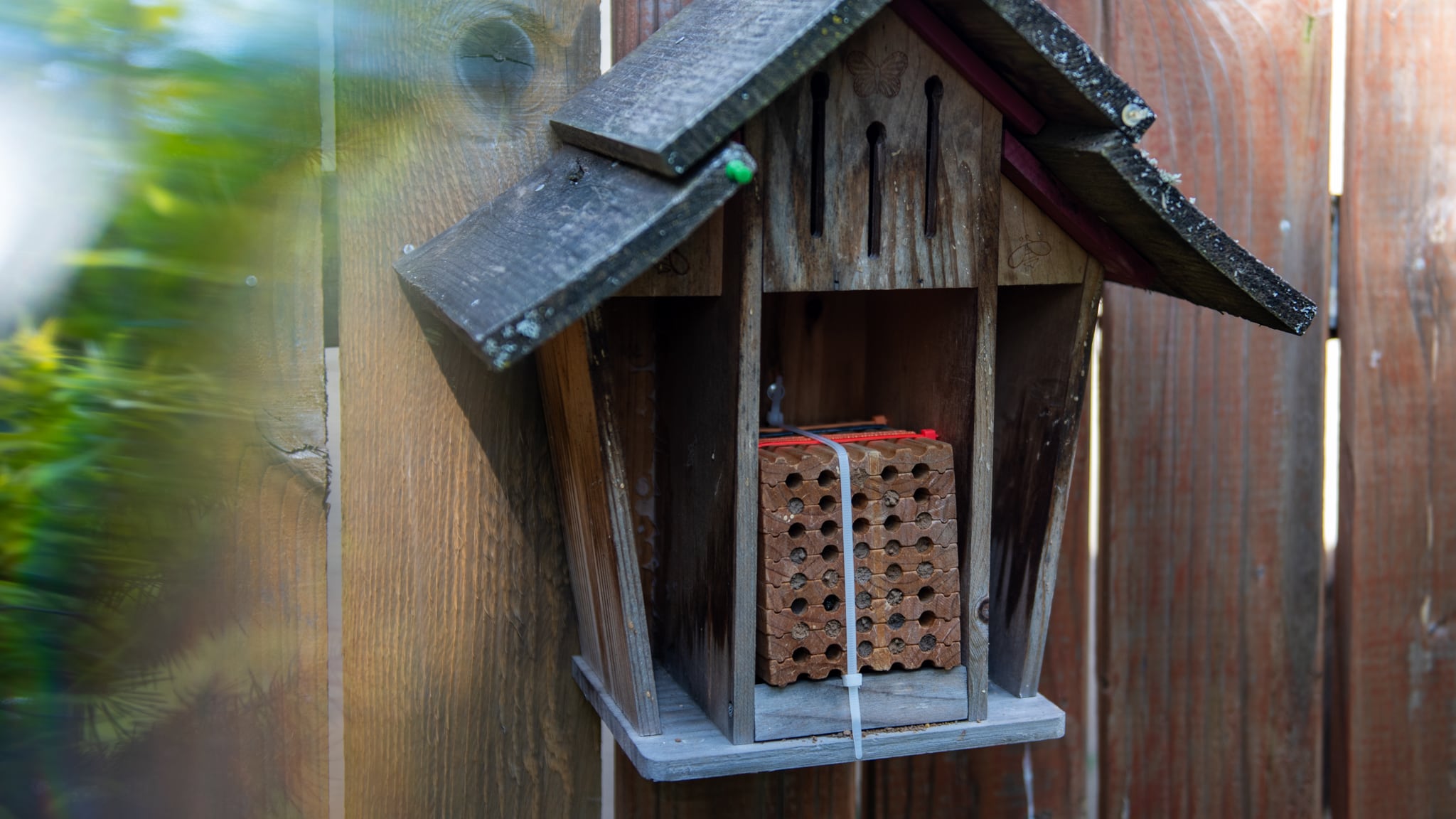• Sow native plants. The Xerces Society has a list of guidelines that make it easy.
• Tear out your lawns. Many species of solitary bees require access to bare ground and cover for nesting, so a wall-to-wall green carpet prevents that. Wild mason bees love to nest in hollow tubes, and are encouraged by dried canes, such as raspberry, elderberry and snowberry.
• View invasive plants as your mortal enemies and smite them with your righteous wrath. Flora such as: Himalayan blackberry, Scotch broom, Japanese knotweed, English ivy, pokeweed, gorse, tree of heaven...and many others. Native bees need native plants.
• Avoid synthetic pesticides, fungicides and herbicides, especially those containing glyphosates (Roundup) and neonicotinoids. Neonics will appear on the label as acetamiprid, clothianidin, dinotefuran, imidacloprid and thiamethoxam.
• Pay careful attention to the instructions when using any “organic” chemicals. For example, pyrethrin is an effective organic pesticide derived from chrysanthemum and used for well over 100 years. But it’s still important to avoid using it when plants are flowering because you’ll kill pollinators that way. Used for 150 years, the fungicide “Bordeaux mixture” (copper sulfate and lime) is safe and effective and organic but should also not be used when plants are flowering to avoid exposing pollinators.
• Raise mason bees (spring) or leafcutter bees (summer)—it’s easy and fun! Host crafty solitary bee box-building garden parties or even cocoon-unwrapping parties in the fall. Once you start with mason bees, you will never stop.

